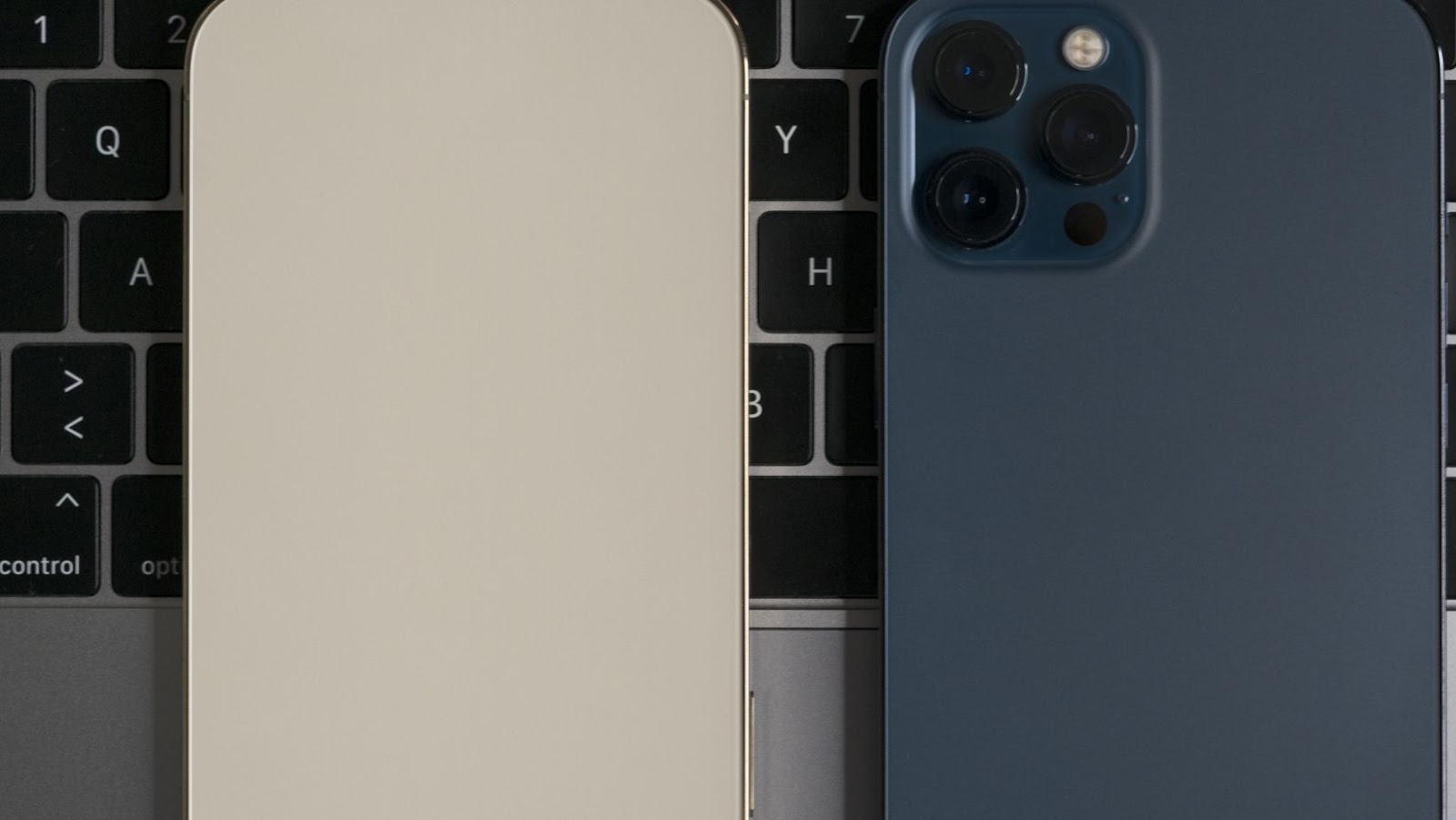Apple has been rumoured to be planning a shift away from the traditional LCDs used in its current Mac, iPad, and iPhone devices. Instead, the company looks set to switch to new Mini LED displays for improved performance and greater control over the display’s backlighting.
This article will explore why Mini LED is a viable alternative to LCD and what benefits this technology brings to Apple products. We will also cover potential drawbacks of the technology, such as cost concerns that could make it an impractical option for some consumers.
Finally, we’ll look at when we might expect to see Mini LED displays on Apple products and which devices may be first in line for this upgrade.
What is a Mini LED?
Mini LED technology, or Micro LED, is a new display technology quickly becoming the gold screen standard. This type of display offers higher brightness levels, better dynamic contrast, longer lifetime, and lower energy consumption.
Mini LED technology has been touted as the next big thing in the display industry and Apple is reportedly in the process of switching to this technology. So let’s take a closer look and explore what Mini LED is and how it can benefit a display.
Advantages of Mini LED
Mini LED displays are a relatively new display technology using an array of thousands of tiny LEDs to provide greater control over the luminance of a display than traditional LCDs. In addition, the LEDs’ miniature size allows for greater brightness and contrast precision, which can produce deeper black levels and improved colour accuracy. Mini LED technology also helps reduce power consumption and enable thinner displays, thanks to fewer components and the use of thinner rigid-flex printed circuit boards (PCBs). As such, Mini LED displays have great potential for becoming widely used in consumer devices.
Mini LED also has several other advantages over traditional LCD technologies including: faster response time providing smoother visuals; improved energy efficiency leading to longer battery life; dimming panel zones allowing for more dynamic range in light scenes; and better brightness control offering more nuanced detail in bright light scenes. Moreover, due to the increased number of LEDs available compared to OLEDs, sufficient brightness can be attained while still enabling deep black levels through local dimming technologies.
Mini LED is an attractive solution for device manufacturers looking for improved performance at thinner form factors with lower power consumption than current market solutions including LCDs and OLEDs. For these reasons Apple is reportedly considering switching to Mini LED technology for its next-gen devices.
Disadvantages of Mini LED
Mini LED is a micro-LED display that offers many of the same benefits as regular LED displays; however, the miniaturised size of the LEDs in Mini LED displays allow for increased pixel density, producing brighter and higher contrast visuals. Furthermore, Mini LED displays can be constructed from smaller components and thinner designs than their traditional or OLED counterparts, allowing them to be constructed in more varied sizes and shapes.
Despite these distinct advantages, Mini LED displays do have some drawbacks. Since they are made up of multiple individual devices — unlike OLED displays which are one large device — there is a higher chance that one or more of the tiny LEDs will become faulty. Additionally, they require much more precise production than traditional LEDs; slight measurement errors can have larger consequences with such small components. Finally, eliminating bulky components leaves additional space for heat sinks to be installed on Mini LED displays, complicating external design decisions.
MacBook Air with 13-inch Mini LED display reportedly on the way for 2022
Apple is reportedly transitioning its MacBook Air to Mini LED displays in 2022. Mini LED displays offer superior brightness and contrast, making them a great choice for the MacBook Air. They offer more accurate colour reproduction and better power efficiency than traditional displays. In addition, they are thinner and lighter than traditional displays.
Let’s take a closer look at why Mini LED displays may benefit Apple.
Improved display performance
Mini LED offers a range of performance improvements over traditional LED displays. It’s more energy efficient, has improved contrast and darker blacks, can support HDR content with better brightness equality across an image, and has improved lifespan. In addition, thanks to its smaller size, the Mini LED display can have more control elements than traditional LED, allowing for more vibrant colours by utilising local dimming technology. The result is a brighter, sharper display that consumes less energy.
That’s not all—Apple also indicates that its devices will be better protected from burn-in because Mini LED pixels emit a fraction of the light relative to traditional LEDs.
Mini LED also offers Apple increased flexibility when it comes to design. Since the lights are smaller and thinner, it allows for thinner display panels, giving OEMs room for creativity in terms of device form factors without sacrificing image quality or user experience. Apple plans on introducing Mini LED technology into their professional monitor models first and then applying them onto other products such as laptops and tablets in the future.
Increased battery life
Apple is reportedly transitioning some devices to Mini LED displays. These displays offer improved control of the individually controlled zones, making the device look better and more vibrant. This can give consumers a more immersive experience that can help set Apple devices apart from their competition.
In addition, Mini LEDs are more energy-efficient than traditional LED backlights and can offer an increased battery life for Apple products. By using Mini LED technology, customers may see a longer-lasting battery in their Apple products without compromising brightness or performance.
Additionally, Mini LEDs allow for lighter and thinner designs compared to conventional LED or OLED display technologies. As a result, customers may enjoy any device with a faster response time that weighs fewer pounds.
Reduced cost
Apple’s adoption of Mini LED displays could yield immediate cost savings in its manufacturing process. Mini LEDs can be densely packed and offer the same brightness and colour accuracy level as conventional LCDs, yet require fewer components to assemble. Furthermore, since the mini LEDs are considerably smaller than standard LEDs, Apple may be able to leverage existing technologies to reduce costs associated with packaging and connecting the tiny diodes. This could have a big overall impact on Apple’s bottom line as its devices become increasingly more expensive as time goes on.
Mini LED technology also eliminates many drawbacks related to OLED displays that comprise most of Apple’s current product lineup. For example, instead of relying on organic materials for light emission, Mini LED-based LCDs use inorganic materials that do not degrade or yellow over time — an issue that has plagued OLED panels. Additionally, these components consume far less power than their OLED counterparts, enabling thinner designs without resorting to complex folding mechanisms or other unconventional approaches. This helps make Mini LED an attractive option for Apple as it attempts to further reduce costs across its product portfolio.
What is Apple’s timeline for the switch to Mini LED?
Apple is reportedly making the switch to Mini LED displays for its products. This technology offers better brightness and more accurate colours than LCDs, with a higher contrast ratio and deeper blacks. It is also more power efficient than existing display technology. Reports suggest Apple will release a MacBook Air with a 13-inch Mini LED display in 2022.
In the following paragraphs, let’s look at Apple’s timeline for the switch to Mini LED displays.
Rumours of a 13-inch MacBook Air with Mini LED display reportedly on the way for 2022
According to a recent report by Bloomberg, Apple is reportedly taking steps to transition from the current LCDs used in its MacBooks and iPads to Mini LED display technology. It’s not just one product, either—several upcoming iPads, MacBooks, and even a 6K monitor are rumoured to use the technology.
This process of transition is expected to take several years. However, the first Mini LED-based device likely to debut would come as early as 2021 or 2022 with the release of a 13-inch MacBook Air laptop that will feature an edge-to-edge display. Bloomberg claims that it may even have an OLED panel but the fact that it remains unconfirmed needs confirmation.
Following this, Apple allegedly plans multiple iPad Pro models with Mini LED displays in 2022 or 2023. At the same time, they are also reportedly looking into creating new Mac Pro machines. In addition, a 6K standalone monitor featuring Mini LED backlight technology may also be inbound for late 2021 or 2022.
Apple’s shift towards next-generation displays could provide sharper picture quality and improved contrast compared to existing models due to their brighter designs and expanded colour range options for each pixel across screens larger than 16”.







